Visual cues affect our decisions, and one of the strongest, most persuasive visual elements is color.
There's a hot debate regarding the best way to present nutrition-at-a-glance on the front of the package. At this point, we don't have a uniform labeling system, but food and beverage makers have, over the years, come up with several such schemes (Smart Choices was widely criticized and abandoned, and Facts Up Front is the latest voluntary industry-sponsored plan).
While the debate goes on about front of package's label content, a new study by Jonathon Schuldt in Health Communication looks at the label's form, and more specifically, its color, and asks an important question: Does color affect perceptions of healthfulness?
What prompted this question is the Mars front-of-package nutrition label, called Guideline Daily Amounts (GDA). Mars' "what's inside" labels launched in 2010 and display the number of calories in the pack as well as their percentage of daily value.
All well and good, and I do love chocolate and think the world's a more pleasant place with some sweets. But Mars' Guideline Daily Amounts label is green, the color of traffic light "go," the color adopted by the USDA organic seal, and Schuldt asks: Does green make us think it's healthy?
Color-coded food
To test color's effect on health perception, Schuldt randomly divided 93 students into two groups. All students were asked to imagine that they are hungry, waiting in a grocery checkout lane, and see a candy bar with a calorie count on the wrapper. At this point, the students saw an image of a candy bar with an identical calorie count: 260, 13 percent of daily value. Half the students saw a red calorie label and the other half a green calorie label.
The students were then asked whether the candy bar they saw, compared to other candy bars, contains more or fewer calories and how healthy it is. The result: The green label candy was perceived as healthier than the red.
But does green say healthy, or does red say stop? To test that, Schuldt replaced the red label with a white one in an online experiment. The experiment was the same as before, but this time the 93 participants were also asked to what extent the healthiness of food is an important factor in their decision about which foods to buy and eat.
In this experiment, the more importance the participants placed on healthy eating, the more they perceived the white-labeled candy bar as less healthful. In other words, green "healthwashed" the calorie worries among those who care about such things.
Not a random choice
So is green an aesthetic choice, or one that carries persuasive value? Is green associated with natural, providing a halo effect? This study gives some evidence that green labels shed some positive light on foods, and we shouldn't be surprised. Other studies have shown that consumers view organic foods as lower in calories and see "low fat" as permission to overeat.
As the FDA and other government organizations continue to debate front of label systems, this study suggests design and color deserve as much attention as the nutrition information itself if we are to really help consumers reach informed food choices.
Dr. Ayala
For more by Ayala Laufer-Cahana, M.D., click here.
For more health news, click here.